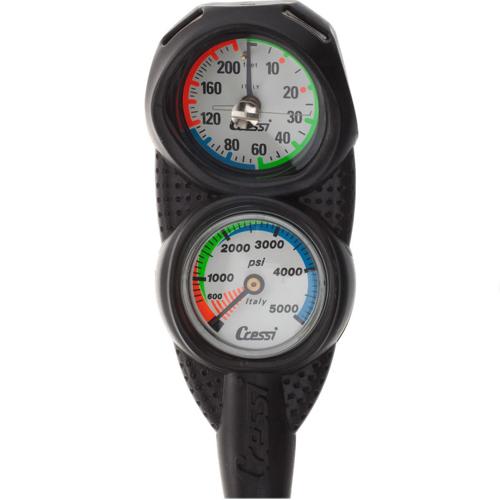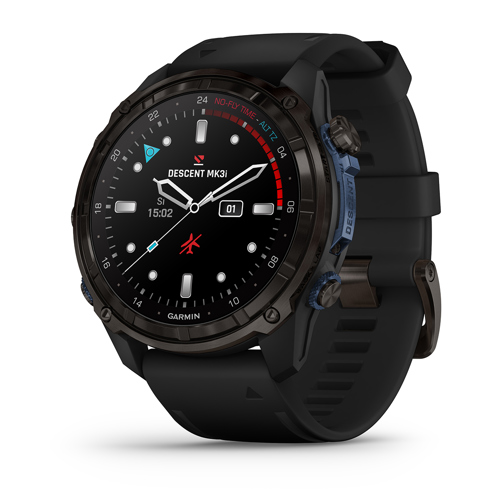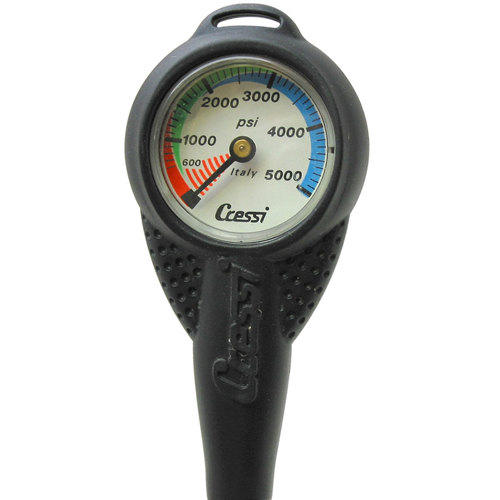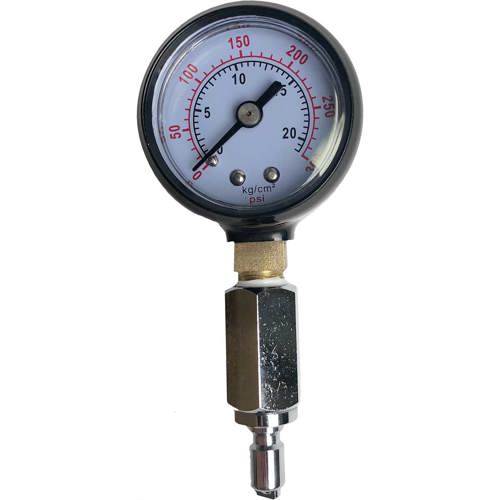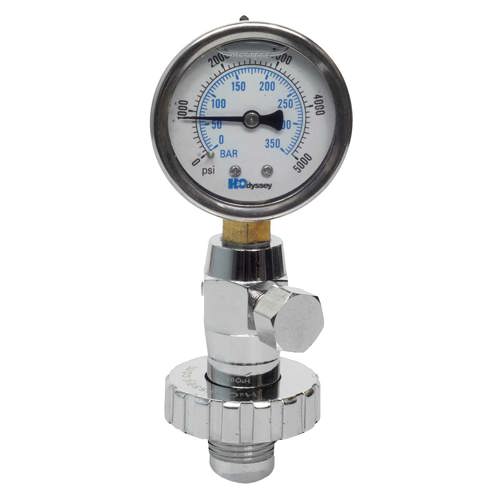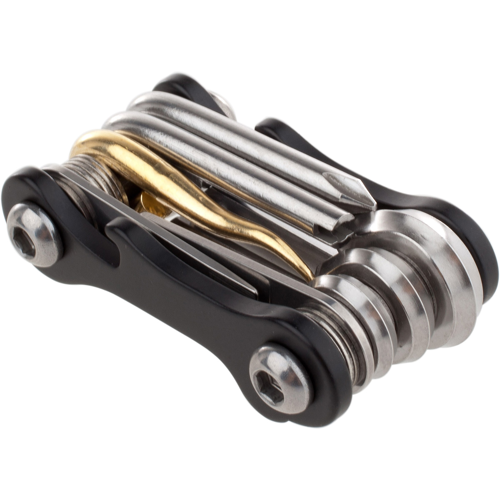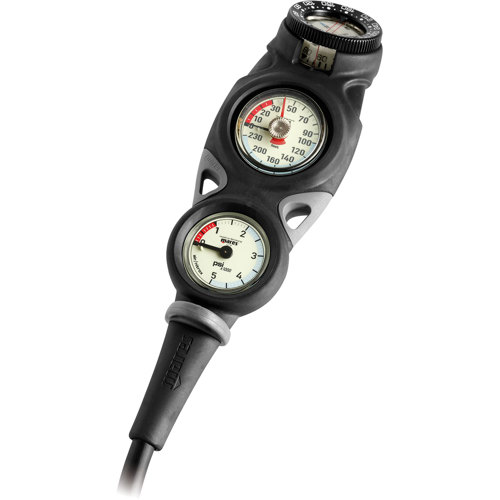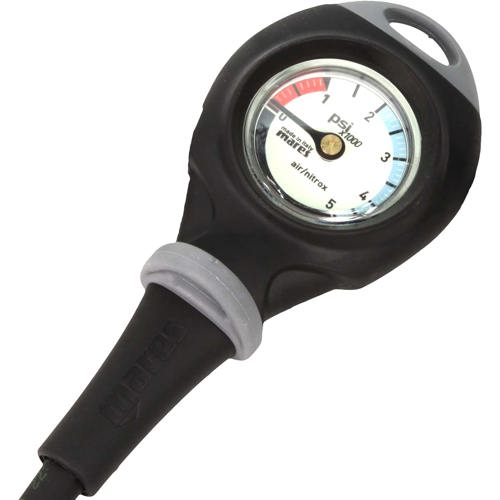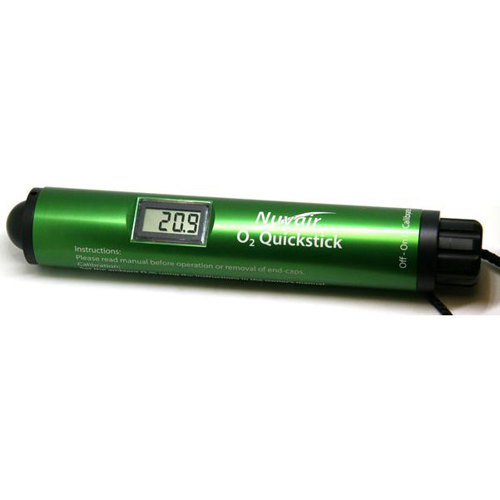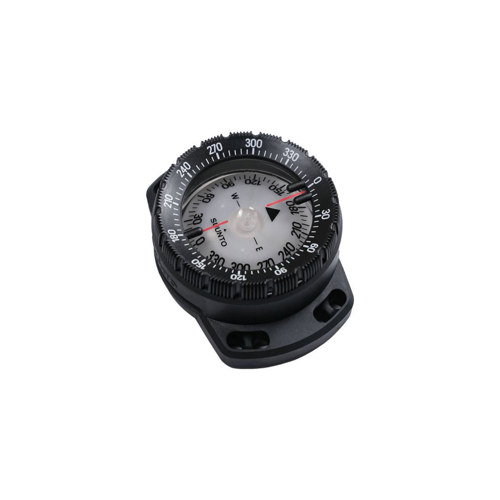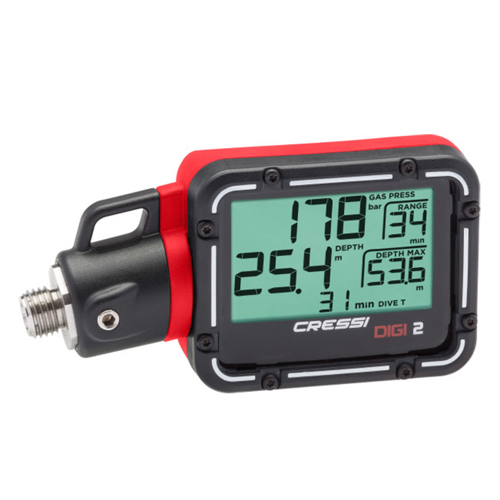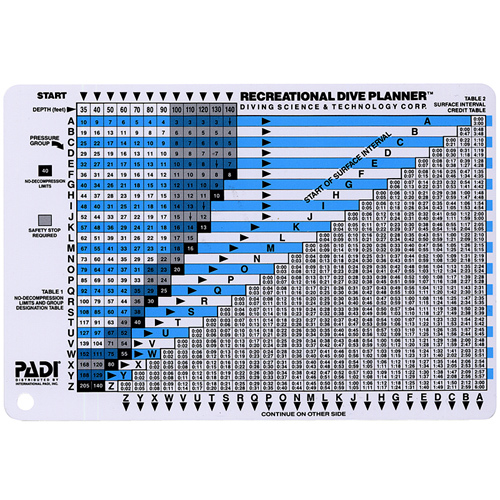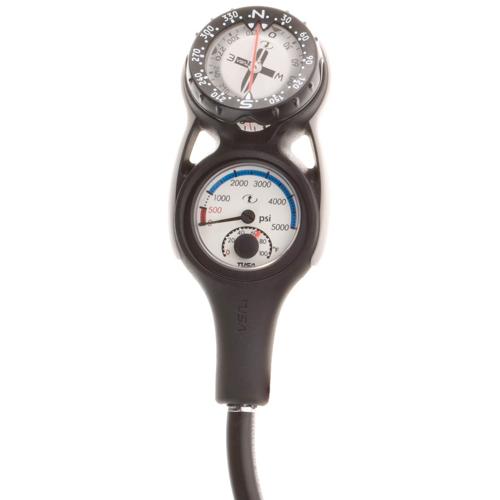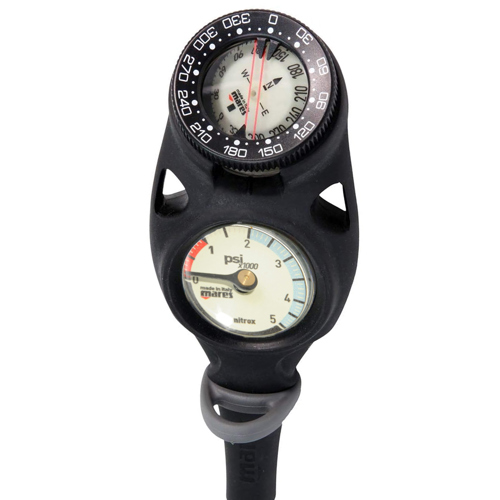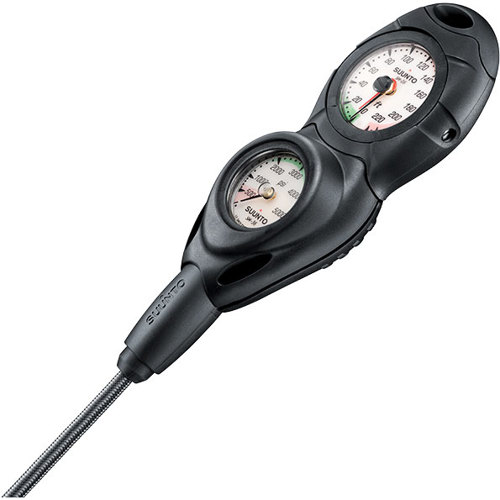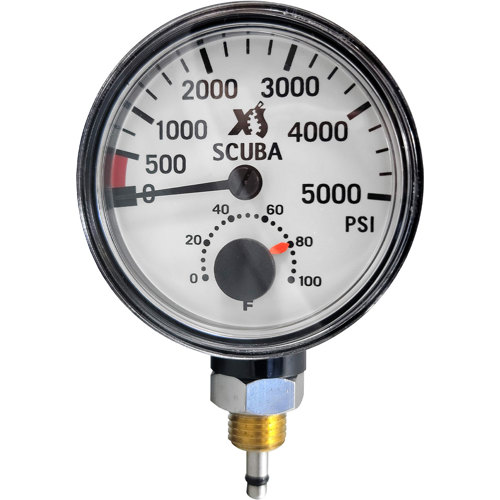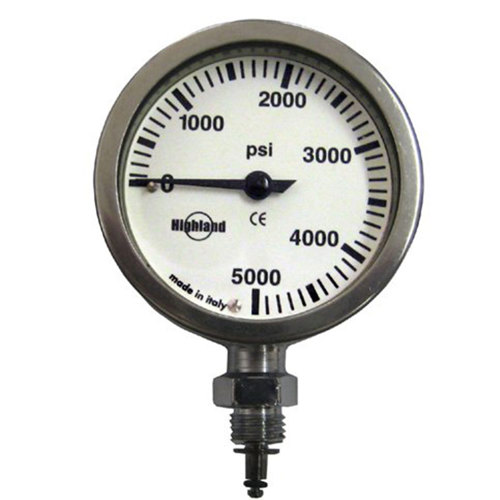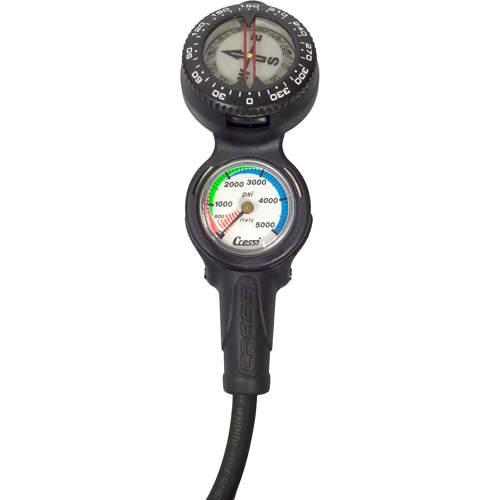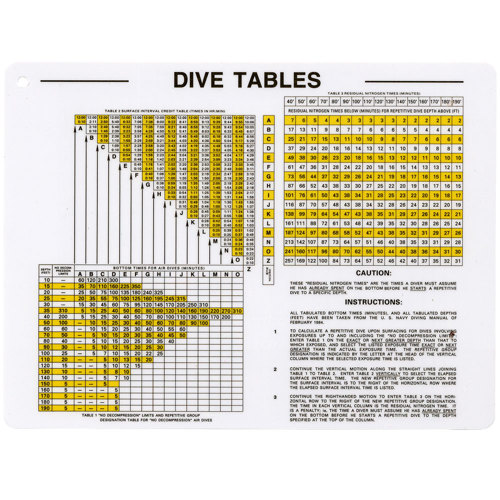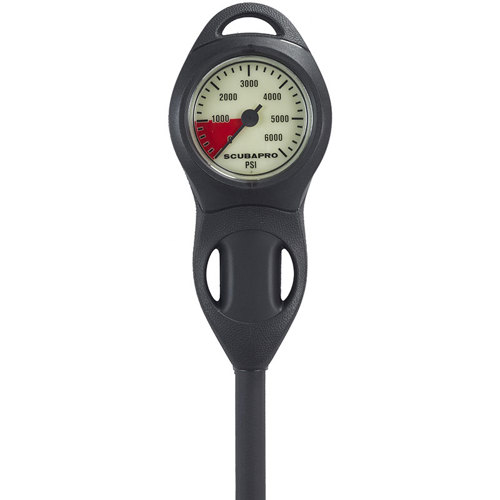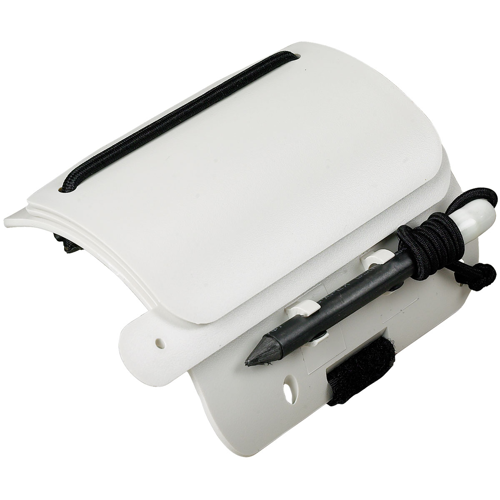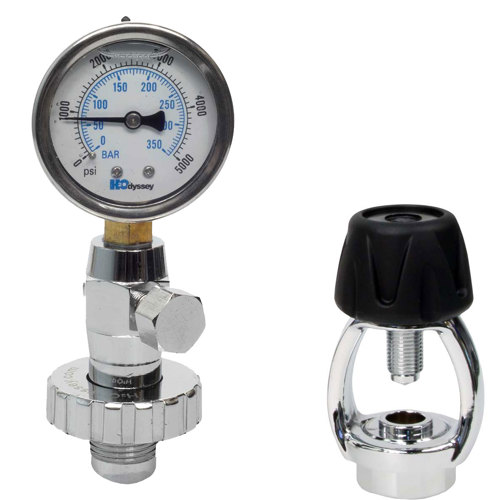Diving Measuring Tools
Diving measuring tools are essential companions for underwater explorers, whether you’re a seasoned technical diver, a marine biologist conducting fieldwork, or simply someone who loves to document every detail of a new dive site. These tools go far beyond the basics of depth and time; they encompass a variety of instruments designed to help divers record, assess, and navigate their underwater environment with precision. For those who are passionate about mapping out caves, shipwrecks, or coral reefs, measuring tapes and compasses become indispensable, offering the accuracy needed to chart unknown territory or revisit favorite locations with confidence. In the warm waters of late summer, when visibility is high and marine life is abundant, having the right measuring tools can turn an ordinary dive into a memorable exploration, allowing you to monitor changes in the environment, track the growth of coral formations, or even contribute valuable data to citizen science projects.
Selecting the right measuring tools depends on your diving style and the environments you frequent. If you’re diving in low-light conditions or exploring deeper wrecks, look for instruments with luminous or high-contrast markings to ensure easy reading. Flexible fiberglass or stainless steel tapes are favored for their durability and resistance to saltwater corrosion, while compact rulers and calipers are ideal for close-up work, such as measuring the size of a lobster or the diameter of a rare shell. Technical divers and instructors often rely on slates and reference gauges to communicate with dive buddies or students, making these tools a thoughtful gift for anyone advancing through their dive certifications or leading group expeditions. For the traveler or vacation diver, lightweight, portable options that pack easily are especially appealing—imagine slipping a compact compass or roll-up tape into your BC pocket before heading out for a spontaneous shore dive. And for those who love to log every detail of their underwater adventures, integrating measuring tools with your dive logs adds a new layer of detail and satisfaction. To explore a broader selection of instruments that help you document and analyze your dives, take a look at our curated range of
Dive Logging Instruments.
Whether you’re gifting a new diver their first set of measuring tools or upgrading your own kit for the busy diving season, consider the practicalities of underwater use. Tools with ergonomic grips, retractable reels, and rugged construction are built to withstand the rigors of saltwater, sand, and repeated use. For scientific divers or those involved in conservation, precise measuring equipment can help in monitoring reef health, conducting fish counts, or supporting research initiatives. Even recreational divers find satisfaction in being able to record the length of a favorite swim-through or the depth of a hidden canyon. As the season brings clear, warm waters and longer dive windows, there’s no better time to equip yourself with measuring tools that enhance both safety and discovery. These instruments not only serve as practical aids but also as reminders of the meticulous observation and curiosity that define the diving community.


